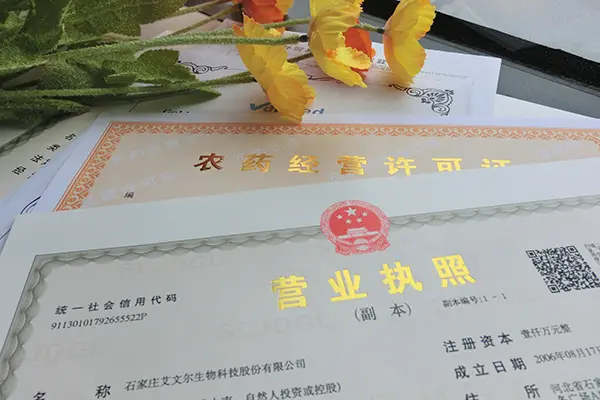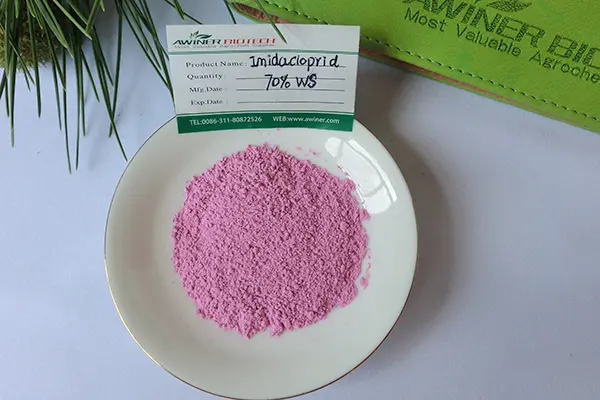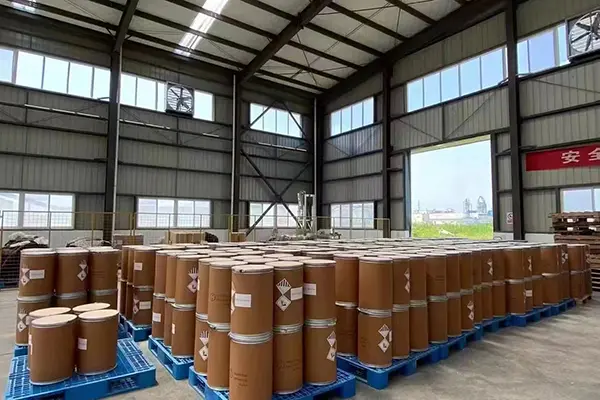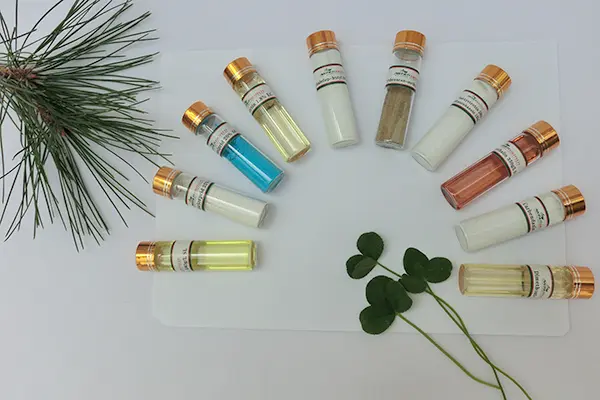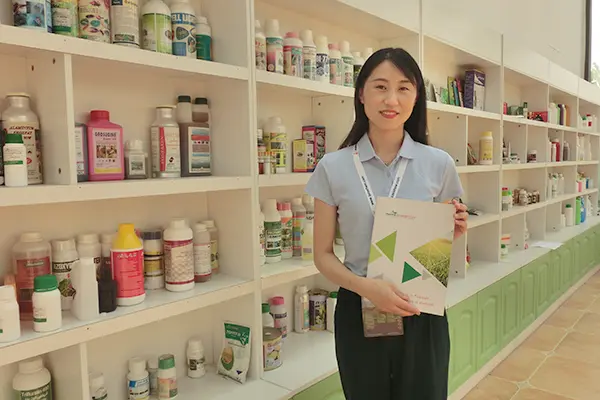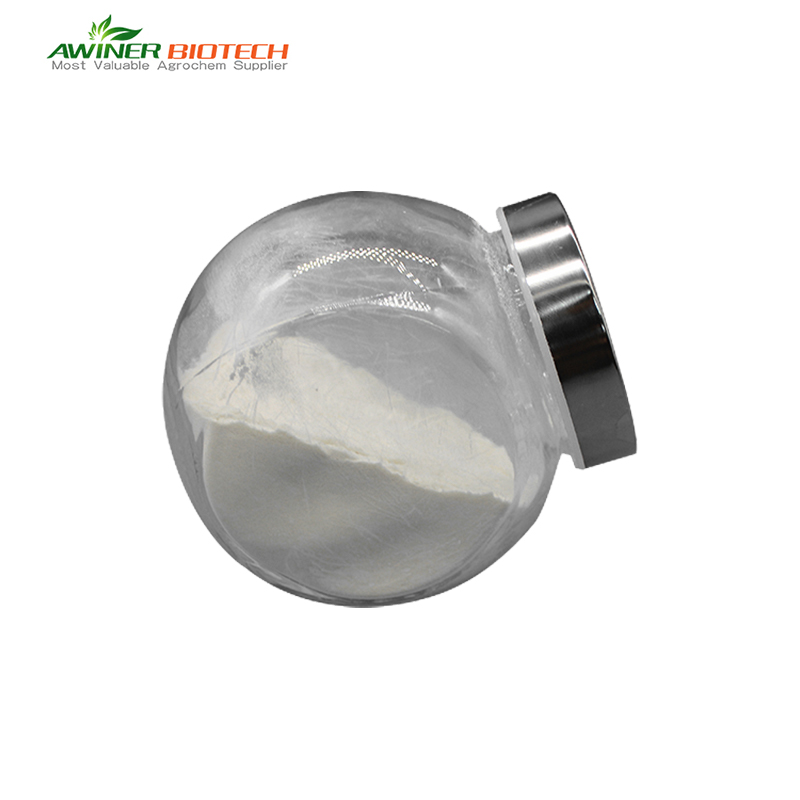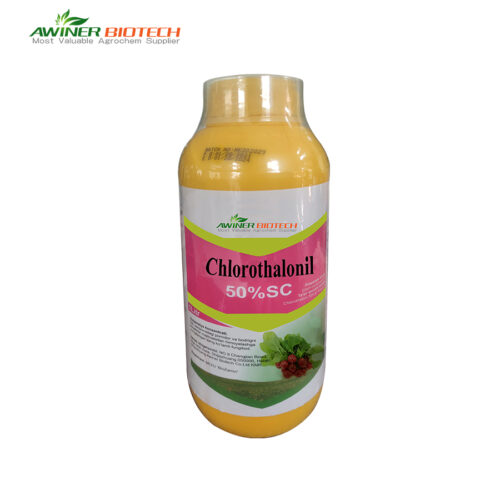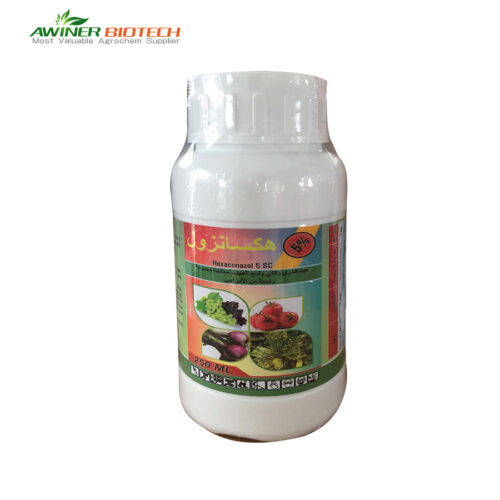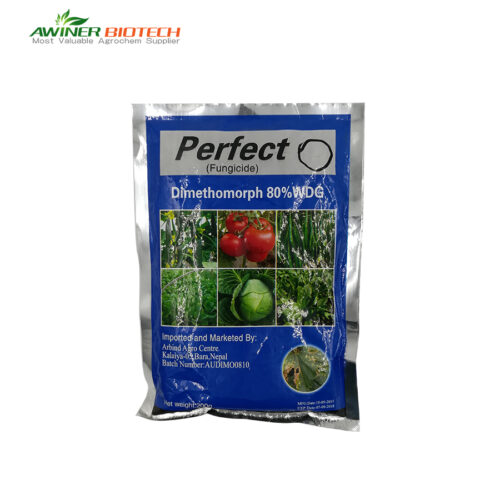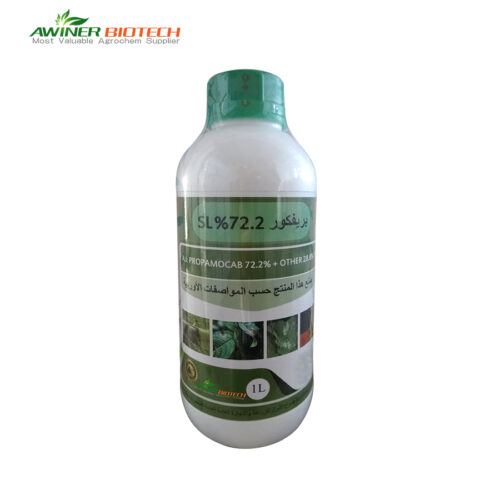Streptomycin sulfate |
|
| Formulation | 72%SP |
| Packing | Liquid:50ml、100ml、250ml、500ml、1L、5L、10L、20L Solid:10g、50g、100g、250g、500g、1kg、5kg、10kg、25kg |
| Crops | Apples and pears-fire blight;Tomatoes-bacterial spot;Vegetables-bacterial wilt |
| Certification | SGS、 ISO 、BV |
| Delivery time | 20-30 days |
| Mixture products | Copper oxychloride+Streptomycin Sulfate Copper hydroxide+Streptomycin Sulfate |
| Payment terms |  |
Streptomycin sulfate is often combined with copper-based fungicides like copper hydroxide or copper oxychloride for enhanced control of bacterial diseases in plants.
Mode of Action
Streptomycin sulfate works by inhibiting protein synthesis in bacterial cells, effectively halting their growth and killing the bacteria. As a result, it prevents the spread of bacterial diseases in crops. Additionally, its targeted action makes it particularly useful in managing difficult-to-control bacterial infections.
Common Formulations and Concentrations
Streptomycin sulfate is typically available in user-friendly formulations. For instance:
- Soluble powder (SP) at 50-72% concentration.
- Wettable powder (WP) at 50% concentration.
These formulations are easy to dissolve in water, allowing for efficient application across various crops.
Crops for Application and Dosage
Streptomycin sulfate is highly effective in controlling bacterial diseases on a range of crops. For example, it is often used on:
- Fruit trees, such as apples and pears, to control fire blight. A typical dosage is 100-200 grams per hectare.
- Vegetables, including tomatoes, peppers, and potatoes, for diseases like bacterial leaf spots and wilts. The dosage here is typically 150-300 grams per hectare.
By targeting these bacterial diseases early, you can protect your crops from significant damage.
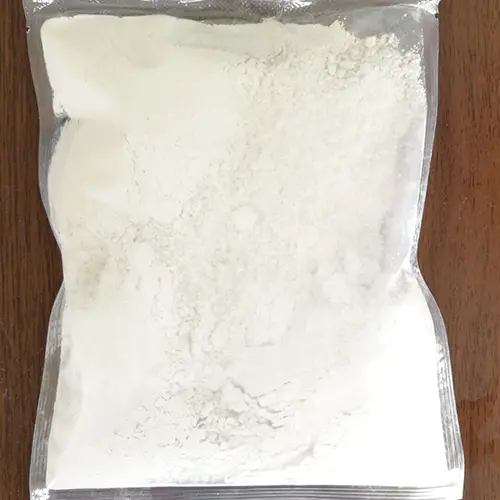 |
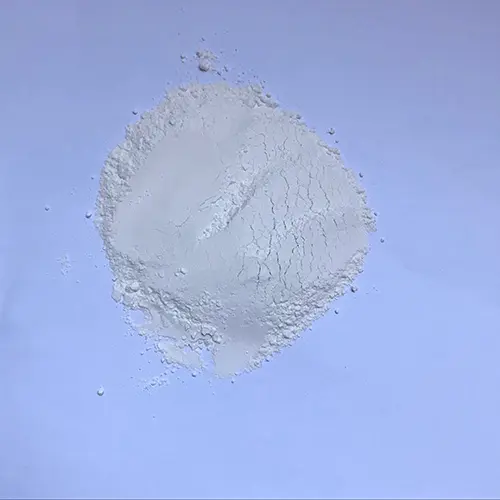 |
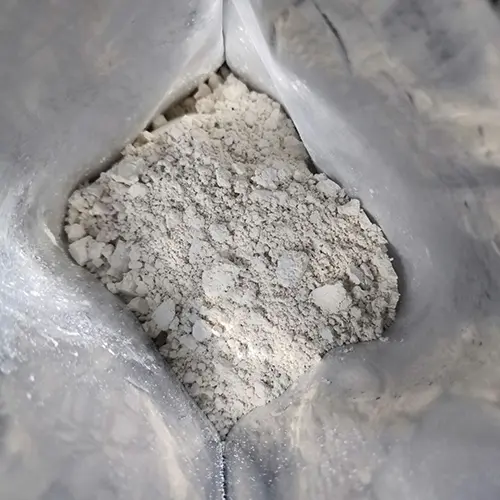 |
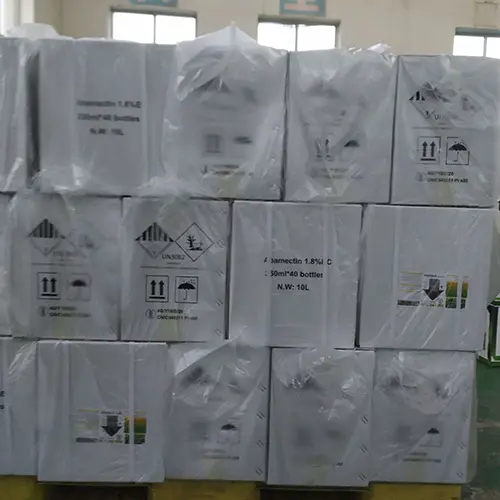 |
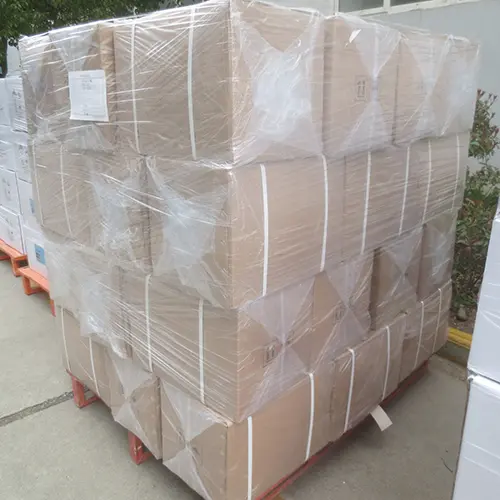 |
Common Partners
To improve efficacy and expand disease control, Streptomycin sulfate is often combined with other plant protection products. For instance:
- Copper-based products, like copper hydroxide, are used to enhance both bacterial and fungal control.
- Sulfur-based fungicides work well to tackle both fungal and bacterial issues.
- Mancozeb, a widely-used fungicide, helps in controlling mixed infections.
Using these combinations can offer broader protection, helping manage multiple threats at once.
Usage Instructions
- Dosage: Apply 100-300 grams per hectare depending on crop type and severity of the infection.
- Application Timing: To get the best results, apply at the first sign of bacterial disease. Additionally, reapply during wet or humid conditions when bacterial growth is most likely to spread.
- Method of Application: Use a sprayer for uniform coverage across the entire crop. Make sure to coat the foliage and stems evenly to ensure full protection.
- Precautions: Always wear protective equipment when handling Streptomycin sulfate. To avoid unintended drift, apply on calm days and avoid overspray on non-target plants.
<About Awiner Biotech>
